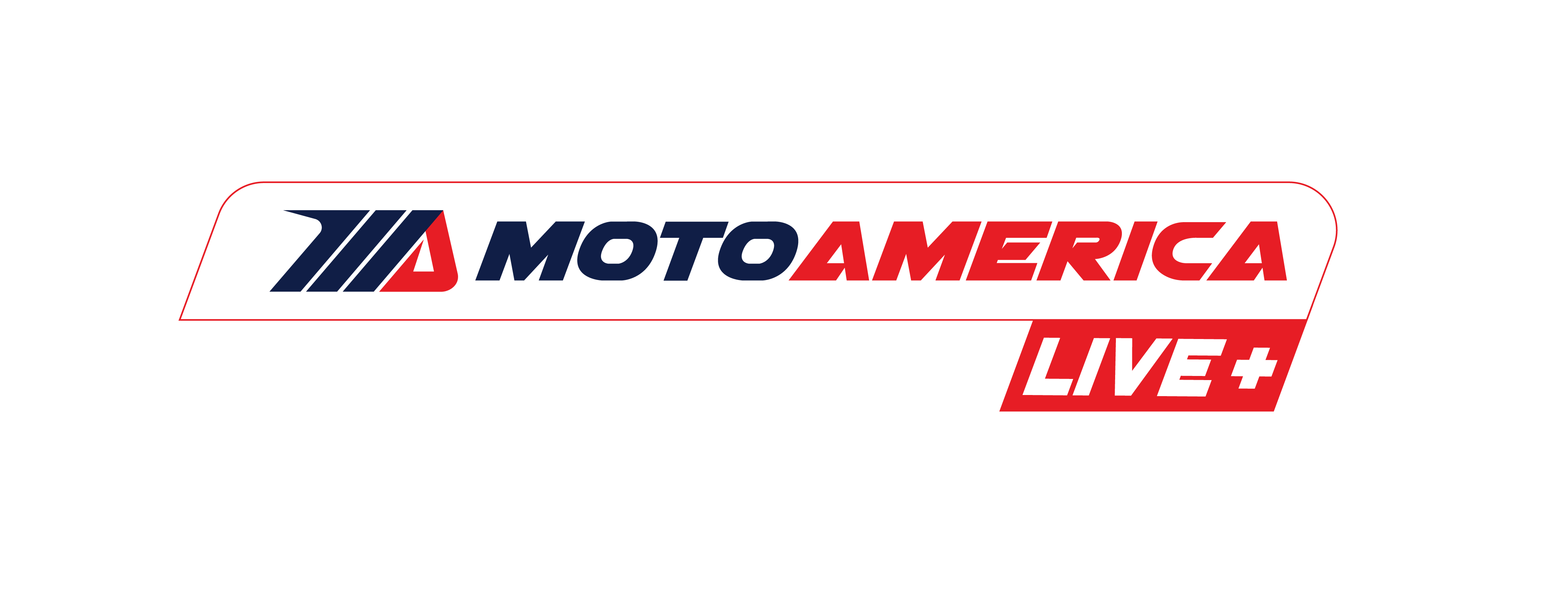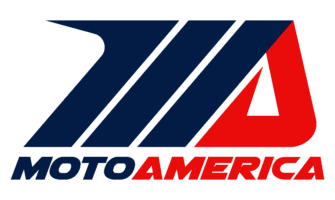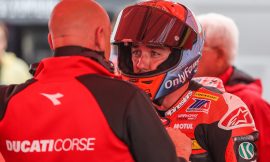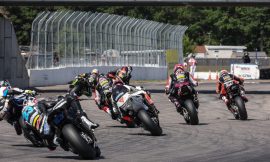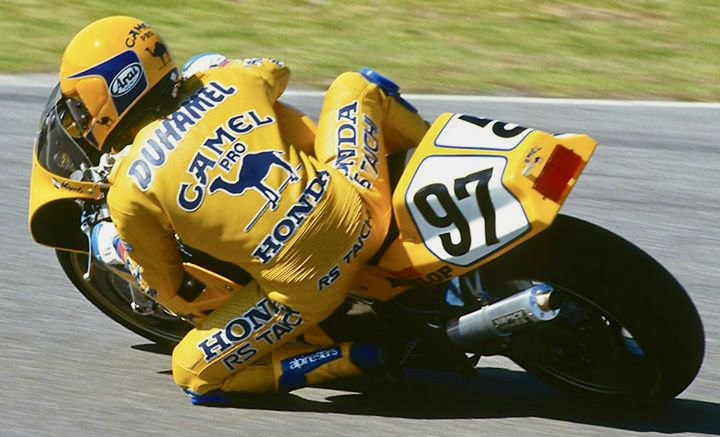
When a motorcycle road racing organization, like AMA road racing and its current form MotoAmerica, requires that the motorcycles competing in the series be production-based streetbikes that have been adapted for closed-course competition, the motorcycle manufacturers sometimes produce a limited run of high-spec units for public sale so that they can legally be raced. Such motorcycles are commonly called “Homologation Specials.”
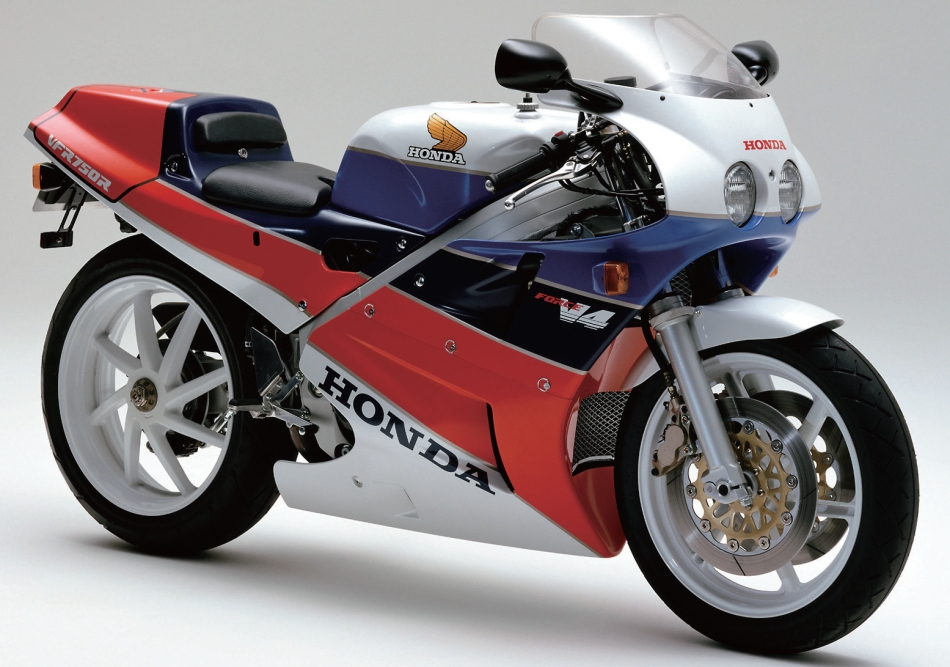
The origin of Homologation Specials is rooted in the Superbike World Championship, which debuted in 1988. In the very same year, Honda produced the VFR750R RC30, and to this day, the RC30 is still considered by many to be the most exotic Homologation Special of them all.
Hand-built by HRC, Honda’s racing division, the RC30 was developed from its factory RVF750 racers, featured a single-sided swingarm (to facilitate quick rear wheel/tire changes during pitstops in endurance racing competition), produced 100 horsepower, and cost about twice as much as most conventional 750cc sportbikes of that era.
The RC30 was a complete paradigm shift. Fred Merkel won the first two World Superbike Championships aboard a Rumi Honda RC30 in 1988 and 1989, and the RC30 also became the go-to production racer in national Superbike championships around the world, including right here in the U.S. Such luminaries as Miguel Duhamel and Freddie Spencer raced the RC30 in AMA Superbike, with Duhamel winning the 1991 Daytona 200 aboard his bright-yellow number 97 Camel Honda RC30.
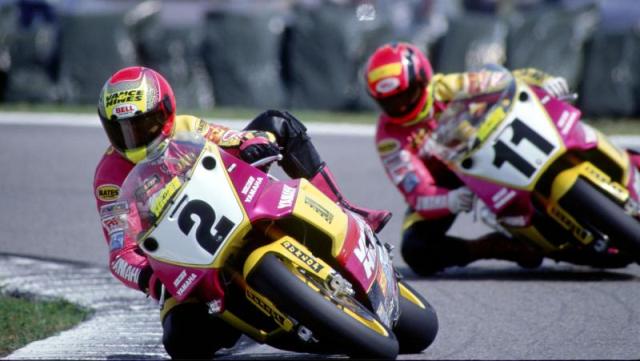
Arguably the most exotic of all Homologation Specials even to this day, the Honda RC30 created the template for all Homologation Specials that followed, including the Yamaha FZR750R OW01 and YZF-R7 OW02, Kawasaki ZXR750RR and ZX-7RR N-1, Suzuki GSX-R750RR and GSX-R750R SPR, Aprilia RSV Mille SP, and a whole bunch of bikes in both the Ducati 851/888 and 916/996/998 lineages.
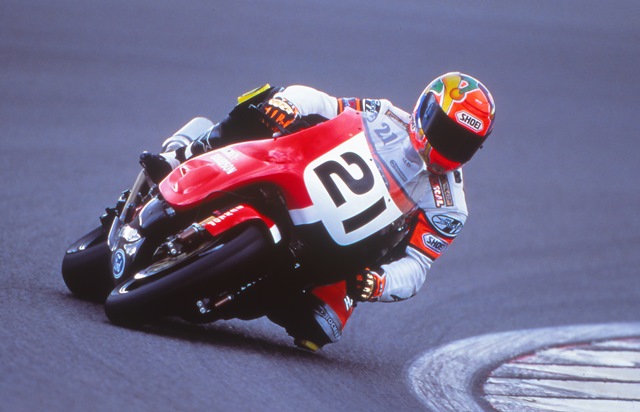
Of special note was the Harley-Davidson VR1000, which competed exclusively in AMA Superbike. Like all Homologation Specials, the VR had to be based on a street-legal motorcycle that was produced in sufficient numbers to be considered homologated.
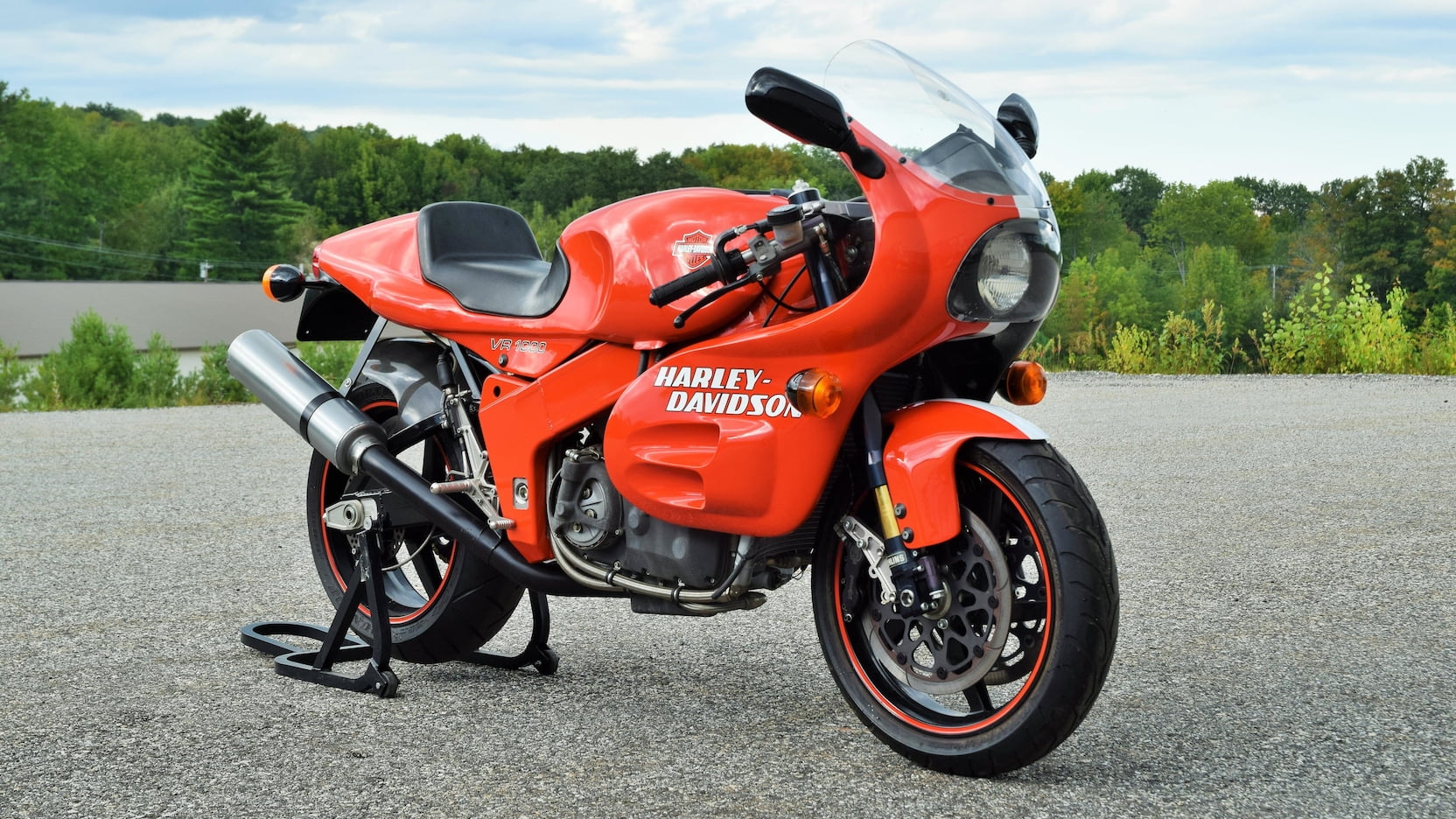
Famously, or infamously depending on your point of view, the Motor Company was required to produce a minimum of 50 street-legal units. However, passing U.S. emissions tests proved to be an exceedingly tall order, so a grand total of 50 VR1000 streetbikes were shipped to Poland in 1994 where emissions regulations were much less strict.

Today, current Homologation Specials include the Ducati Panigale V4 R of which there are at least two competing in the HONOS Superbike series with riders Kyle Wyman and Loris Baz, as well as the Kawasaki ZX-10RR and BMW M 1000 RR, which have yet to make their MotoAmerica debut.
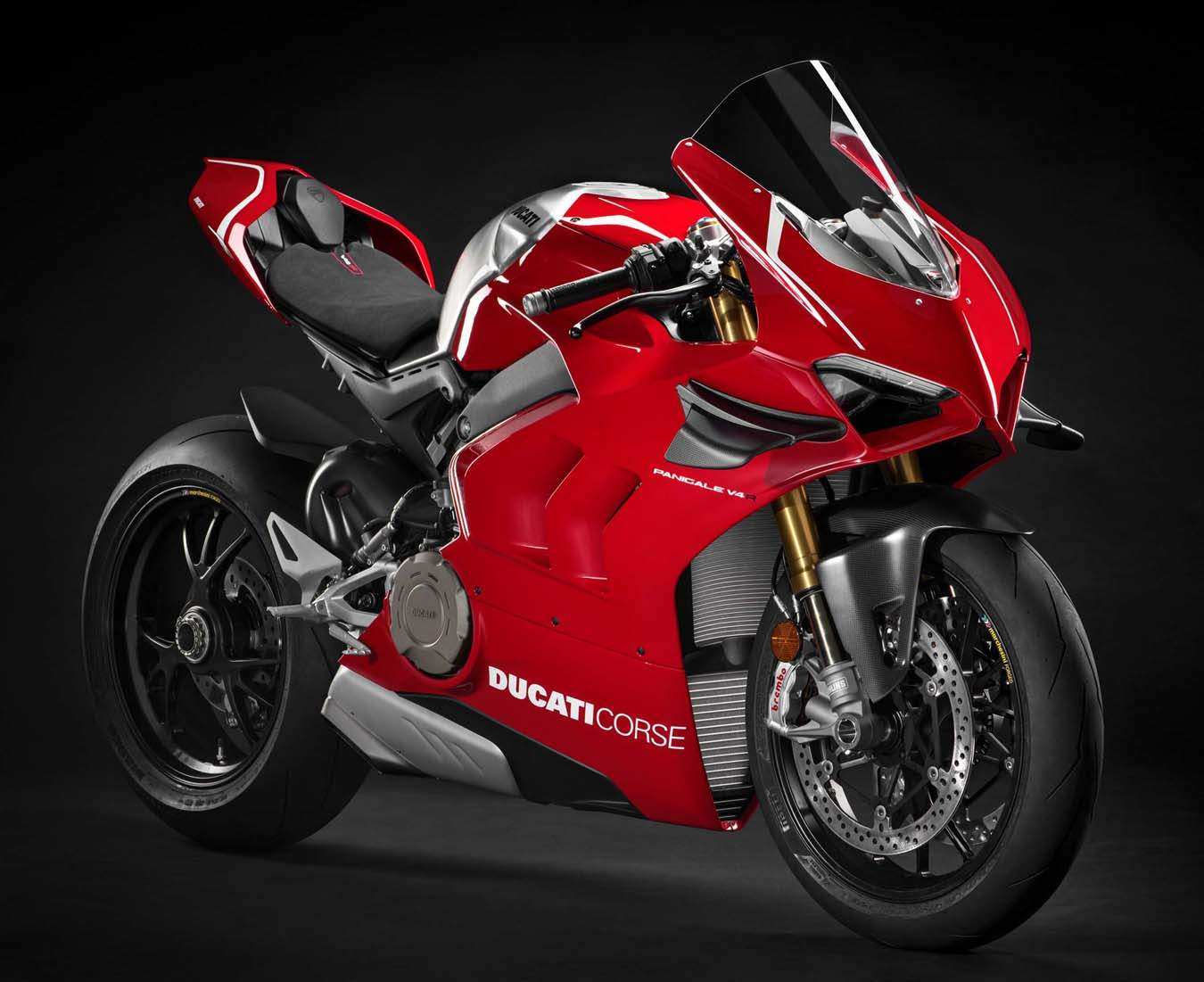
Editor’s Note: A lot of confusion surrounds the nomenclature used for the FZR750R and YZF-R7 Homologation Specials, which were otherwise known as the OW01 and OW02. Phonetically, many people incorrectly pronounce the nomenclature as “Oh-Double-You Oh-One” and “Oh-Double-You Oh-Two.” In fact, the nomenclature of the two bikes is “Oh-Double-You Zero-One” and “Oh-Double-You Zero-Two” because the third character in the nomenclature is not the letter “O” but instead, the numeral “0.”
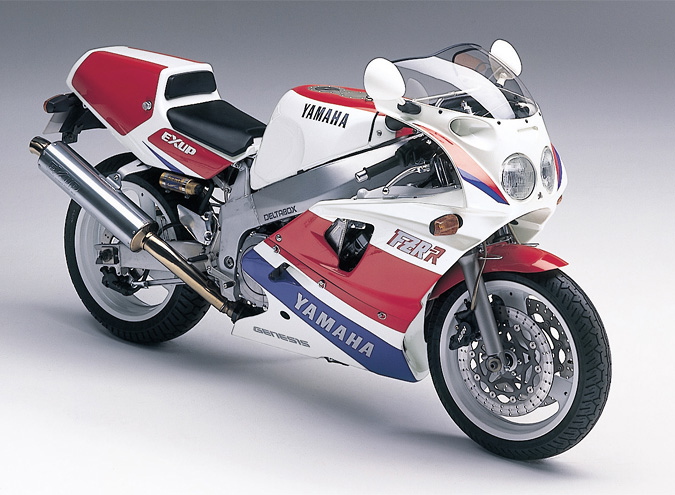
The confusion arose because Yamaha’s prototype, non-production racebikes used a nomenclature with the numeral “0” followed by the letter “W” (for “Works” or factory racer) and a two-digit sequential number that was sometimes also followed by a letter indicating its iteration. (i.e., 0W35K and 0W70 for Yamaha’s 500cc Grand Prix prototypes produced in 1978 and 1983, respectively).
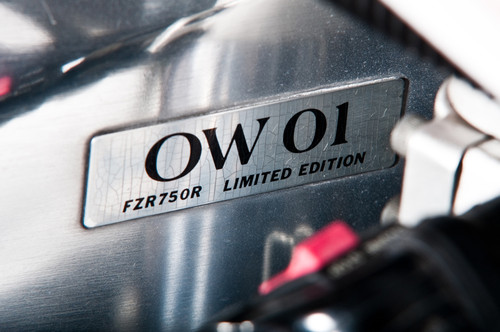
On the other hand, the “OW” in the FZR750R and YZF-R7 stands for “Omologato Works.” Omologato means “homologated” in Italian and, again, Works indicates factory racer. After the “OW,” the next two characters are sequential numbers (“01” for the FZR750R and “02” for the YZF-R7). And now you know.
To purchase tickets for all MotoAmerica events, click HERE
For information on how to watch the MotoAmerica Series, click HERE
For the full 2021 MotoAmerica Series schedule, click HERE


